Related Research Articles

Charles Babbage was an English polymath. A mathematician, philosopher, inventor and mechanical engineer, Babbage originated the concept of a digital programmable computer.
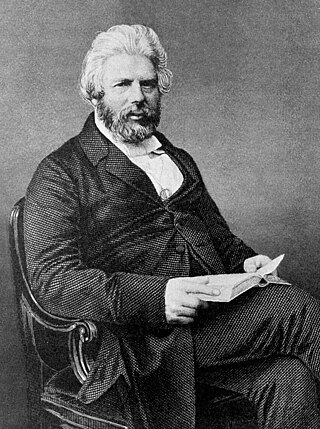
Robert Chambers was a Scottish publisher, geologist, evolutionary thinker, author and journal editor who, like his elder brother and business partner William Chambers, was highly influential in mid-19th-century scientific and political circles.
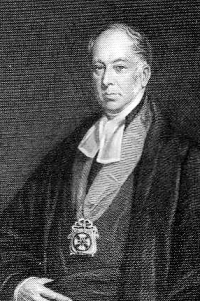
Richard Whately was an English academic, rhetorician, logician, philosopher, economist, and theologian who also served as a reforming Church of Ireland Archbishop of Dublin. He was a leading Broad Churchman, a prolific and combative author over a wide range of topics, a flamboyant character, and one of the first reviewers to recognise the talents of Jane Austen.
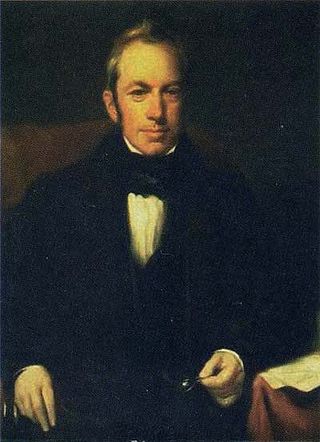
Robert Brown was a Scottish botanist and paleobotanist who made important contributions to botany largely through his pioneering use of the microscope. His contributions include one of the earliest detailed descriptions of the cell nucleus and cytoplasmic streaming; the observation of Brownian motion; early work on plant pollination and fertilisation, including being the first to recognise the fundamental difference between gymnosperms and angiosperms; and some of the earliest studies in palynology. He also made numerous contributions to plant taxonomy, notably erecting a number of plant families that are still accepted today; and numerous Australian plant genera and species, the fruit of his exploration of that continent with Matthew Flinders.
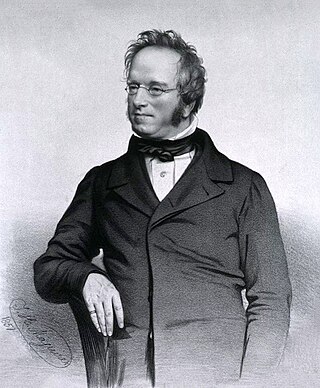
John Edward Gray, FRS was a British zoologist. He was the elder brother of zoologist George Robert Gray and son of the pharmacologist and botanist Samuel Frederick Gray (1766–1828). The standard author abbreviation J.E.Gray is used to indicate this person as the author when citing a botanical name. The same is used for a zoological name.

Agnes Mary Clerke was an Irish astronomer and writer, mainly in the field of astronomy. She was born in Skibbereen, County Cork, Ireland, and died in London.
Indology, also known as South Asian studies, is the academic study of the history and cultures, languages, and literature of the Indian subcontinent, and as such is a subset of Asian studies.

Margaret Lindsay, Lady Huggins , born Margaret Lindsay Murray, was an Irish-English scientific investigator and astronomer. With her husband William Huggins she was a pioneer in the field of spectroscopy and co-wrote the Atlas of Representative Stellar Spectra (1899).
George Edward Dobson FRS FLS FZS was an Irish zoologist, photographer and army surgeon. He took a special interest in bats, describing many new species, and some species have been named after him.

Mordecai Cubitt Cooke was an English botanist and mycologist who was, at various points, a London schoolteacher, a Kew mycologist, curator at the India Museum, journalist and author,. Cooke was the elder brother of the art-education reformer Ebenezer Cooke (1837–1913) and father of the book illustrator and watercolour painter William Cubitt Cooke (1866–1951).

A periodical literature is a published work that appears in a new edition on a regular schedule. The most familiar example is a newspaper, but a magazine or a journal are also examples of periodicals. These publications cover a wide variety of topics, from academic, technical, trade, and general interest to leisure and entertainment.
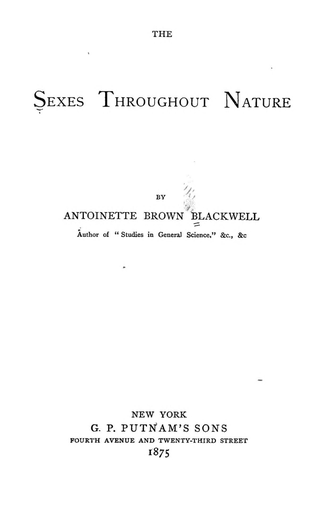
The Sexes Throughout Nature is a book written by Antoinette Brown Blackwell, published by G. P. Putnam's Sons in 1875.
Frederick Settle Barff was an English chemist, ecclesiastical decorator, and stained glass manufacturer, much interested in theology.

James Copland (1791–1870) was a Scottish physician and prolific medical writer.
John Spriggs Morss Churchill (1801–1875) was an English medical publisher.
Charles Frederick Partington was a British science lecturer and writer.

Ada Sarah Ballin was an English author, journalist, editor, and lecturer. She was the editor and proprietor of the magazines Baby, Womanhood and Playtime, and published articles and books on health, child care, and dress reform.
John Ralph Fenwick (1761–1855) was an English physician in Newcastle upon Tyne and Durham City. He was a radical of the 1790s, and an abolitionist. Well-connected, he was a militia officer and magistrate, on close terms with the Whig aristocratic leaders and politicians of the north-east of England.
The lists of English translations from medieval sources provide overviews of notable medieval documents—historical, scientific, ecclesiastical and literary—that have been translated into English. This includes the original author, translator(s) and the translated document. Translations are from Old and Middle English, Old French, Irish, Scots, Old Dutch, Old Norse or Icelandic, Italian, Latin, Arabic, Greek, Persian, Syriac, Ethiopic, Coptic, Armenian, Hebrew and German, and most works cited are generally available in the University of Michigan's HathiTrust digital library and OCLC's WorldCat. Anonymous works are presented by topic.
References
- ↑ English, Mary P. (1986). "Robert Hardwicke (1822–1875), publisher of biological and medical books". Archives of Natural History. 13 (1): 25–37. doi:10.3366/anh.1986.13.1.25. PMID 11621254.
- ↑ Mussel, James (2009). "Hardwicke, Robert (1822–1875)". In Brake, Laurel; Demoor, Marysa (eds.). Dictionary of Nineteenth-century Journalism in Great Britain and Ireland. Academia Press. p. 268. ISBN 978-90-382-1340-8.
- ↑ Desmond, Ray, ed. (1994). Dictionary Of British And Irish Botantists And Horticulturalists. CRC Press. p. 316. ISBN 978-0-85066-843-8.
- ↑ . Popular Science Monthly . Vol. 7. June 1875. p. 252.